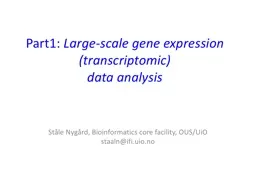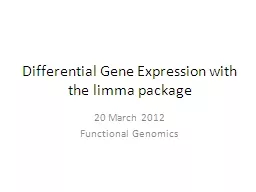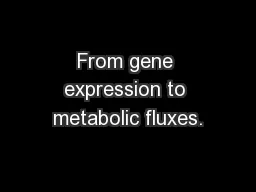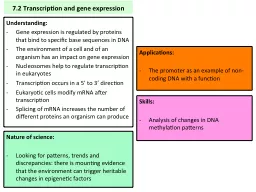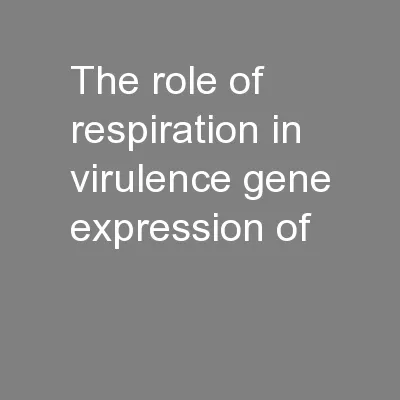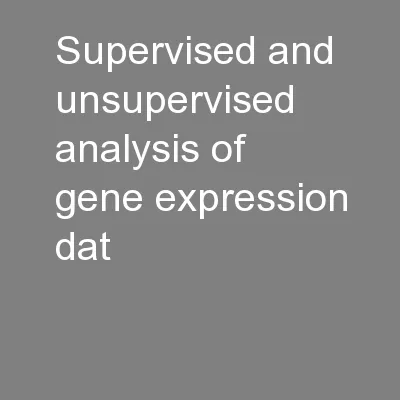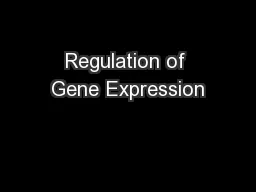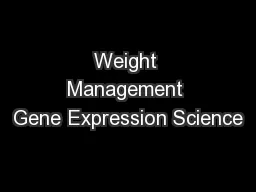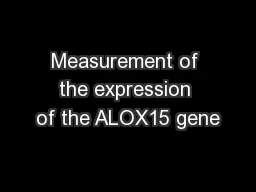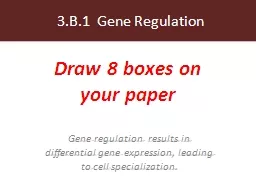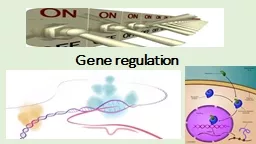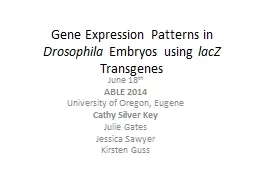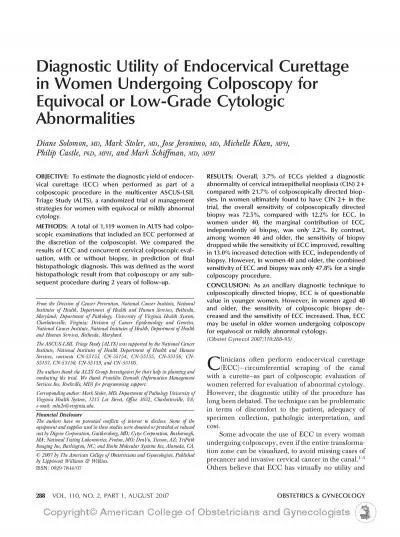PPT-Part1: Large-scale gene expression (
Author : esther | Published Date : 2022-06-18
transcriptomic data analysis Ståle Nygård Bioinformatics core facility OUSUiO staalnifiuiono Gene expression Gene expression is the process by which information
Presentation Embed Code
Download Presentation
Download Presentation The PPT/PDF document "Part1: Large-scale gene expression (" is the property of its rightful owner. Permission is granted to download and print the materials on this website for personal, non-commercial use only, and to display it on your personal computer provided you do not modify the materials and that you retain all copyright notices contained in the materials. By downloading content from our website, you accept the terms of this agreement.
Part1: Large-scale gene expression (: Transcript
Download Rules Of Document
"Part1: Large-scale gene expression ("The content belongs to its owner. You may download and print it for personal use, without modification, and keep all copyright notices. By downloading, you agree to these terms.
Related Documents

